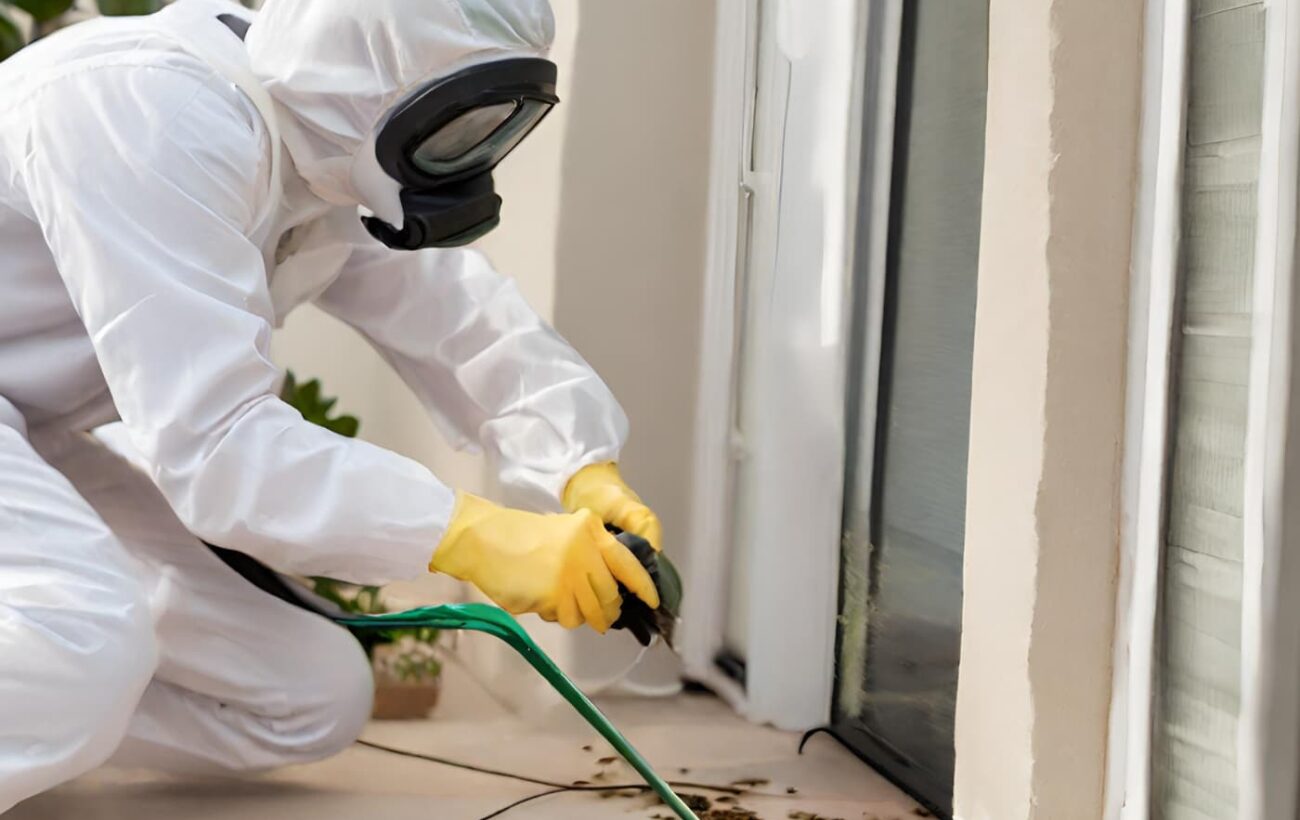Having a strong online presence is essential for any pest control business looking to attract new customers and grow its clientele. In this blog post, we will delve into the significance of website design in Pest Control SEO and provide practical tips to help you achieve better SEO results through effective website design.
The Significance of Website Design in SEO
Effective website design goes beyond aesthetics; it directly impacts your search engine optimization efforts. Search engines, like Google, consider user experience as a key ranking factor. When users have a positive experience on your website, they are more likely to stay longer, engage with your content, and convert into customers. Here’s why website design matters for Pest Control SEO:
Mobile Responsiveness
With the increasing use of smartphones and mobile devices, having a mobile-friendly website is no longer optional. Google gives preference to mobile-friendly websites in its search results, and mobile optimization is a crucial aspect of Pest Control SEO. A responsive design ensures that your site looks and functions well on all screen sizes, providing a seamless experience for users.
Page Speed Optimization
Page loading speed is a critical factor in SEO rankings. Slow-loading websites frustrate users and can lead to high bounce rates. To improve SEO for your pest control website, optimize your images, leverage browser caching, and use content delivery networks (CDNs) to enhance page loading times.
User-Friendly Navigation
A well-structured navigation system is vital for both user experience and SEO. Your website’s navigation should be intuitive, allowing visitors to find information easily. Implement clear menus and use descriptive labels for each section of your site to help search engines understand your content better.
SEO-Friendly URL Structures
Your website’s URLs should be clear and descriptive, giving both users and search engines insights into the page’s content. Avoid using generic URLs or strings of numbers and characters. Instead, use keywords and phrases that reflect the page’s topic, such as “pest-control-services” instead of “page123.”
High-Quality, Relevant Content
Content is the cornerstone of SEO, and your website design should prioritize content presentation. Ensure that your content is well-organized, easy to read, and relevant to your target audience. When creating blog posts or service pages, include high-quality content that addresses common pest control concerns and questions.
Schema Markup and Structured Data
Schema markup and structured data help search engines understand the context of your content. By adding structured data to your website, you can enhance your chances of appearing in rich search results, such as featured snippets and knowledge panels. This not only boosts your SEO but also improves your visibility to potential customers.
Images and Alt Tags
Images are powerful visual assets that can enhance the appeal of your pest control website. However, they also present an opportunity to improve your SEO efforts. When adding images to your site, follow these guidelines:
- Use high-quality, relevant images that complement your pest control services.
- Optimize image file sizes to prevent slow page loading times.
- Include descriptive alt tags for each image to provide context to search engines. Alt tags are essential for accessibility and can also improve SEO. For example, instead of an alt tag like “image123,” use “Pest Control Technician Inspecting Property.”
Local SEO Considerations
Local SEO is especially crucial for pest control businesses, as your services are location-specific. Here are some additional local SEO considerations for your website design:
Google My Business: Claim and optimize your Google My Business listing. Ensure that your business name, address, and phone number are accurate and consistent with what’s displayed on your website.
Local Keywords: Incorporate locally relevant keywords throughout your content. This includes using keywords like “pest control [your city]” in your title tags, headers, and content.
Location Pages: If your pest control business serves multiple areas, create dedicated location-specific pages on your website. Each page should include information about services in that particular area.
Customer Reviews: Encourage satisfied customers to leave reviews on platforms like Google, Yelp, and Facebook. Positive reviews can boost your local SEO rankings and build trust with potential customers.
User Experience Testing
User experience (UX) is a continuous process that requires ongoing attention. Regularly testing and refining your website’s user experience can lead to improvements in SEO and user satisfaction. Consider the following aspects:
Usability Testing: Conduct usability tests to identify any issues that may hinder user navigation and interaction with your site. Addressing these issues can reduce bounce rates and improve user engagement.
Mobile Testing: Test your website’s mobile responsiveness on various devices to ensure a seamless experience for mobile users. Google prioritizes mobile-friendly sites in search results.
Page Speed Monitoring: Keep an eye on your website’s loading speed. Use tools like Google PageSpeed Insights to identify areas for improvement and implement necessary changes.
Feedback Collection: Gather feedback from website visitors through surveys or contact forms. Analyze this feedback to make informed design and content adjustments.
Conclusion
In the competitive landscape of pest control services, having a well-optimized website is essential for attracting potential customers and ranking higher in search engine results. Your website design should prioritize elements that enhance user experience, improve search engine visibility, and reflect your commitment to providing top-notch pest control solutions. If your business sees a trusted partner to navigate the complexities of online promotion should consider Comrade Agency.



